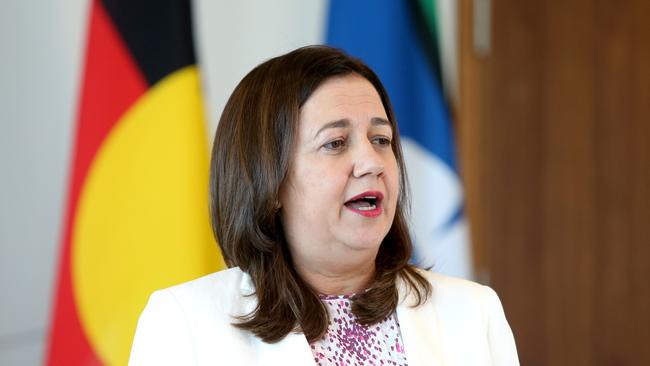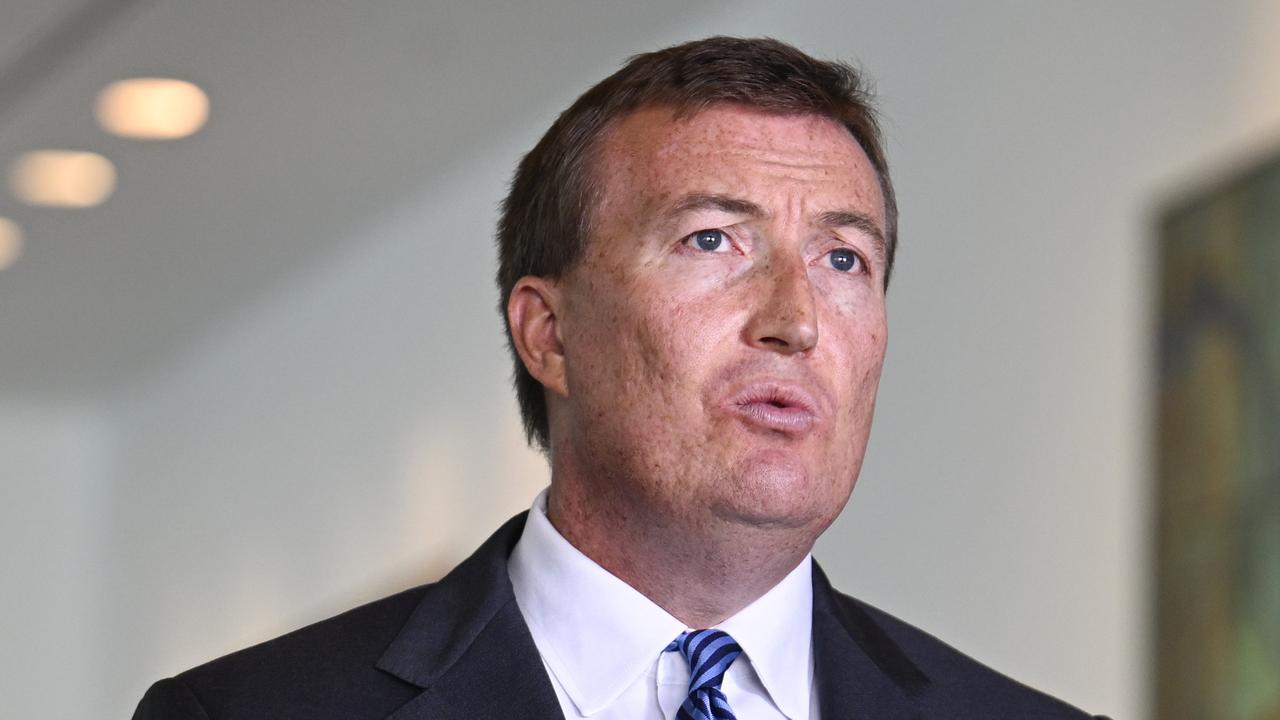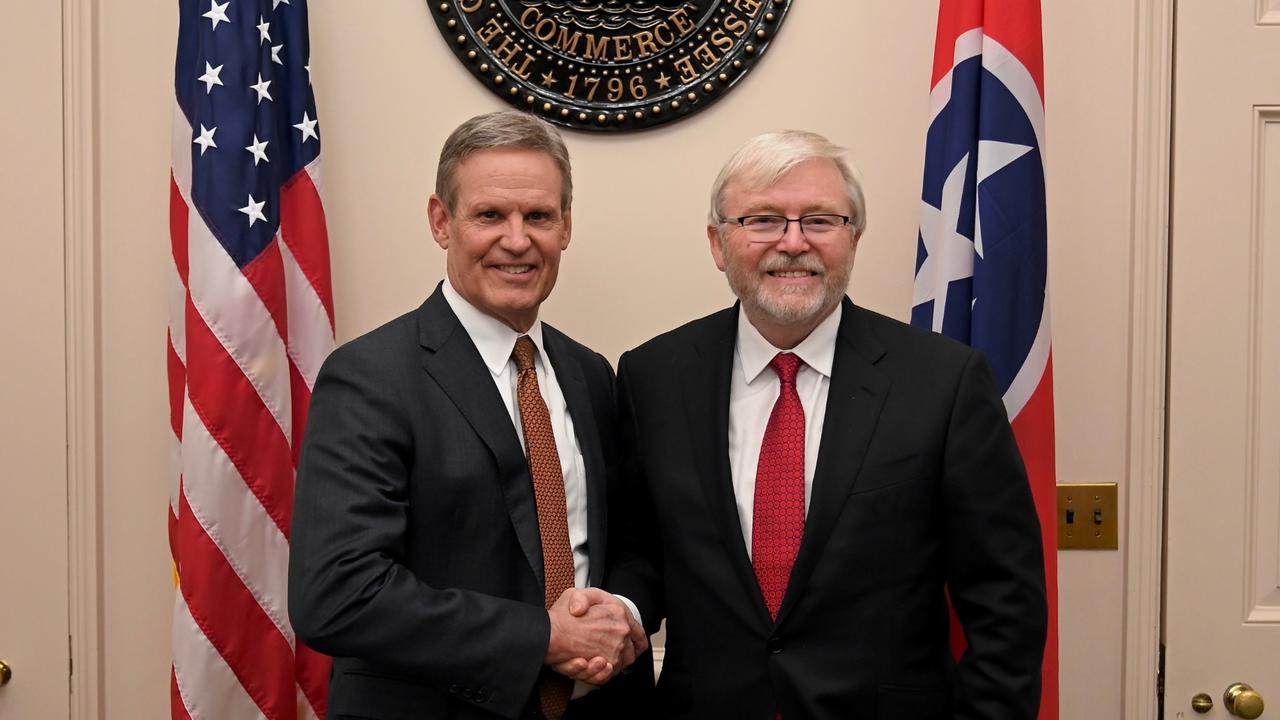Premier Annastacia Palaszczuk slams door shut again
Premier Annastacia Palaszczuk has ordered barricades be reinstated along the border to stop people from NSW hotspots sneaking in.

The earliest five million Sydneysiders could be let back into Queensland is January 8, as Premier Annastacia Palaszczuk ordered barricades be reinstated along the border to stop people from NSW hotspots sneaking in.
Authorities have now identified 27 close contacts of the Sydney northern beaches cluster in Queensland; one has returned to NSW, the rest are in home or hotel quarantine, and 20 have been tested and returned negative results.
Health Minister Yvette D’Ath said the government would review Queensland’s border closure to Greater Sydney and the northern beaches on January 8 at the earliest, representing 28 days since December 11 when the Avalon cluster is believed to have started.
For Sydneysiders to be let back in, no unlinked cases of COVID-19 would have to be recorded during that period.
Ms Palaszczuk said she could no longer risk the border being controlled by random checkpoints operated by police, because people were doing the wrong thing and putting Queensland in harm’s way.
“People will be turned around … unfortunately people are doing the wrong thing and we can’t risk it,” she said.
Police deputy commissioner Steve Gollschewski said 81 people had been turned around at the Queensland-NSW road border since 1am on Monday for not having the correct border passes, with some trying to deliberately sneak into Queensland.
The honesty system and random intercepts were no longer working, he said, meaning reinstating the barricades was now essential. Everybody arriving in Queensland by road from now would need a border pass declaring they had not been in the northern beaches or Greater Sydney.
“What’s concerning about that (there) were a number of persons intercepted that were either displaying the incorrect pass or no pass at all … we can’t give the community confidence that we’re picking everyone up coming across the border, hence the need to move to a harder border closure,” Mr Gollschewski said.
Since Friday, when Queensland declared the northern beaches a hotspot, there have been 237,500 applications for border passes. More than 500 people have been placed into quarantine during that period.
Queensland conducted 4000 COVID-19 tests overnight and recorded zero locally acquired cases, with one new case detected in an overseas arrival in hotel quarantine. Testing centres in Brisbane, Noosa on the Sunshine Coast and the Gold Coast were swamped on Monday.
Chief Health Officer Jeannette Young said she was still concerned about sewage tests showing COVID-19 in north Cairns, Townsville, Elanora on the Gold Coast and Cleveland, south of Brisbane. Fresh sewage testing results from across the state will be published on Friday.
Dr Young said positive sewage tests meant there was virus in the area, but it was not possible to tell if it was an old case still shedding it or a new undetected person with it.
“My concern is we’ve not seen four areas simultaneously test positive like that before, and we do know there are people who have previously been in the northern beaches that are in those areas … We can’t link the two exactly. It just alerts us that those areas were negative, now they’re positive, so something’s happened,” she said.
Ms Palaszczuk said she would monitor the NSW outbreak to gauge if the Prime Minister should call a national cabinet meeting.



